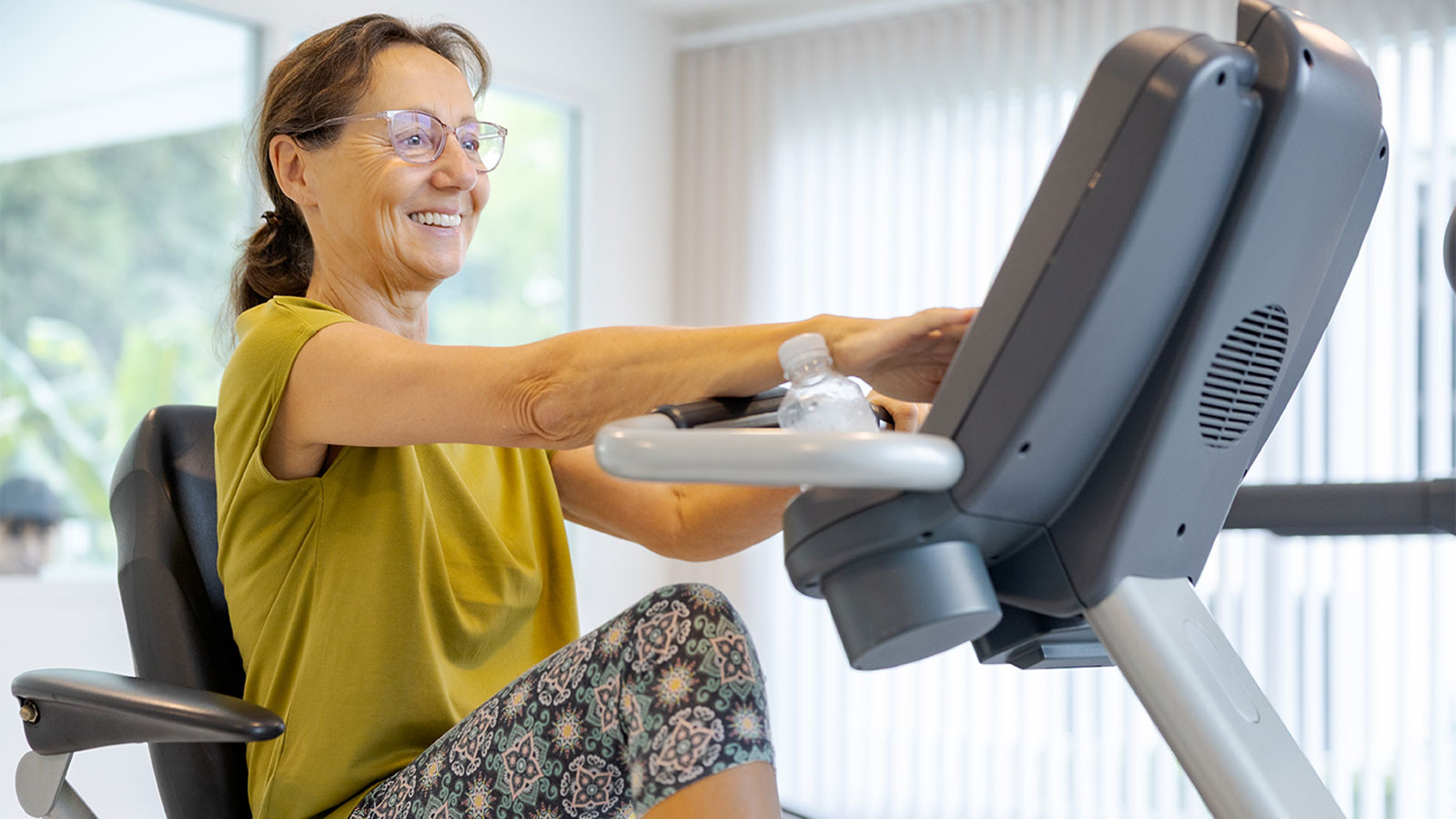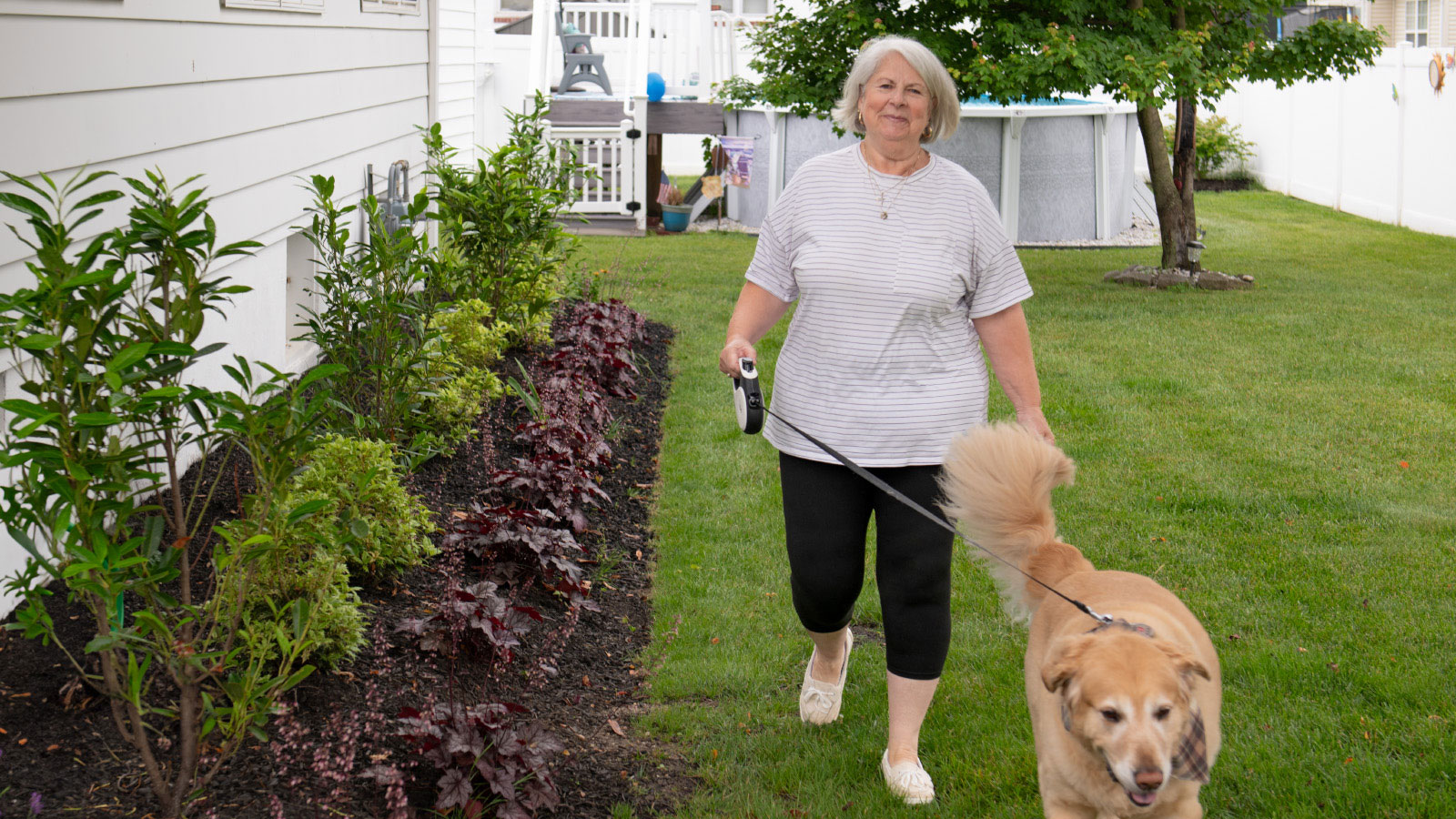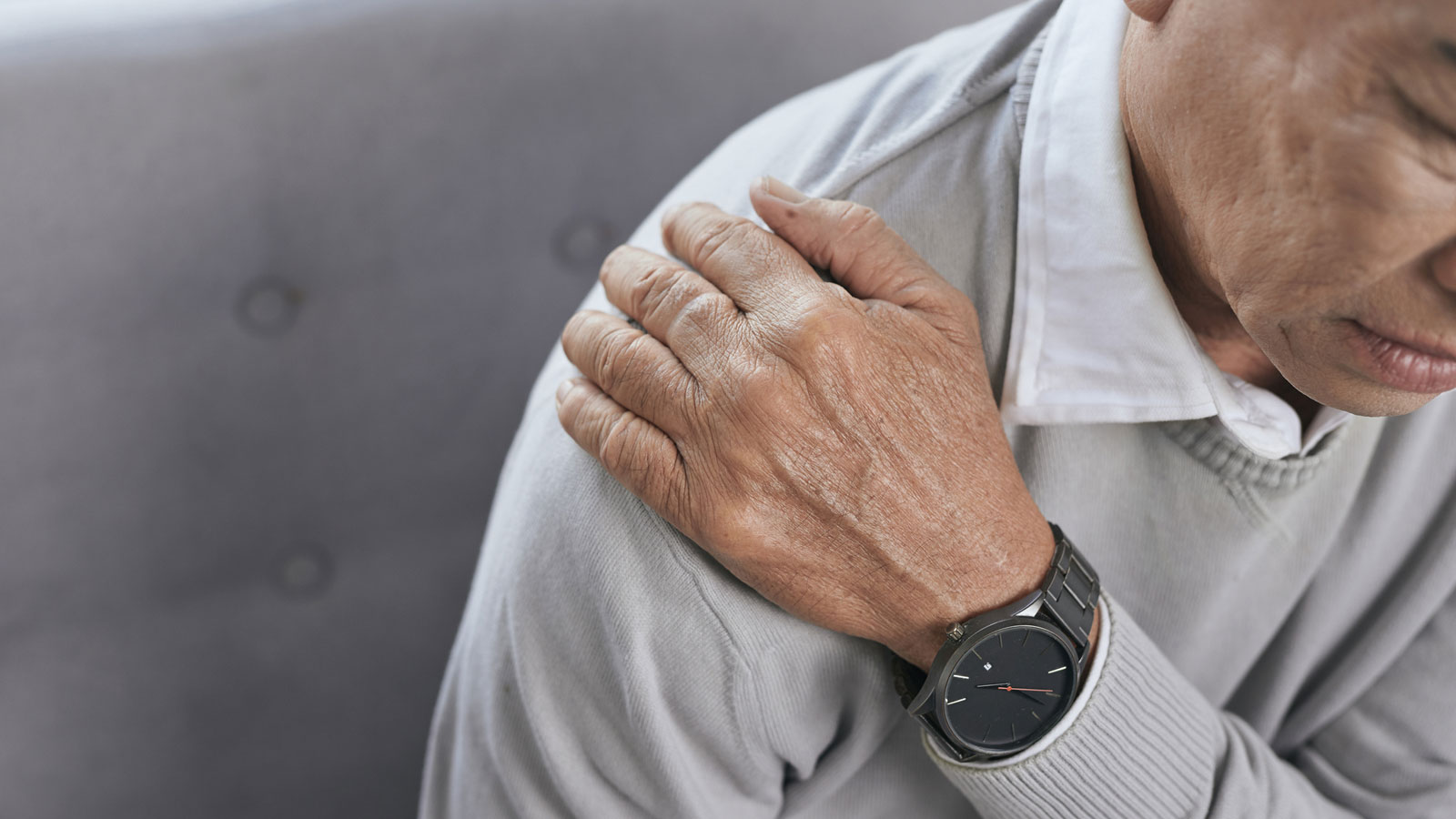Are Your Cracking Painful Joints Telling You Something?
Over time, your muscles, bones, and joints wear down. Creaky knees and difficulty or pain when doing daily tasks are signs that might be the early symptoms of osteoarthritis.
Time can take a toll on your body, wearing down muscles, bones, and all the parts in between. Maybe it isn’t as easy to open a jelly jar anymore. Or, perhaps, your creaky knees can predict a chilly, rainy day better than The Weather Channel. These subtle signs might be the early symptoms of osteoarthritis.
Here's what you need to know about osteoarthritis symptoms and what you can do to relieve the pain.
Think of your joints as the ‘hinges’ that connect your bones to help you bend and move. The word arthritis actually means 'irritation of the joint'—or pain in that hinge that’s helping your stay mobile.
Of the roughly 120 different types of arthritis, osteoarthritis is the most common and usually affects people older than age 40. As the cartilage (padding between the joints) starts to break down, friction increases and this results in pain.
Osteoarthritis Symptoms
The most common joints affected by osteoarthritis are in the hands, thumbs, knees, hips and back. Symptoms include:
Joint pain
Joint pain or tenderness are primary symptoms that usually worsen with activity and improve with rest.
Joint stiffness
Joint stiffness often is noticed in the morning or after resting. For example, you may notice that your knees are stiff when standing up from a chair, but they loosen up after moving for a few minutes.
Muscle weakness
This is the feeling that your joint may “give way” that’s caused by weakness in the surrounding muscles.
Swelling
Swelling occurs when fluid builds up in an irritated joint, and commonly appears after increased activity.
Deformed joints
Deformed joints can result when bone growths, called osteophytes, develop. They can make the joint look larger or out of position.
Limited range of motion
This can result as joint damage increases causing difficultly straightening a joint and limiting overall activity.
Cracking and creaking
Also known as “crepitus,” joint cracking is likely due to increased friction in the damaged joint.
Osteoarthritis Treatment
There are many treatments for osteoarthritis, and they’re often specific to your symptoms. These include oral medications to decrease pain, exercises to strengthen the muscles around arthritic joints, and cortisone injections directly into affected joints to relieve pain and inflammation. If the pain and arthritis are severe, joint replacement surgery may be needed.
If you’re concerned that osteoarthritis is affecting your joints, trying cardiovascular exercise, weight-bearing exercises, and resistance training can help. Losing weight is important, too, as excess weight puts increased strain on certain joints. If walking is painful, you also may need a cane to take weight off the joints or keep them stable.




